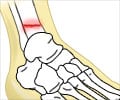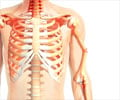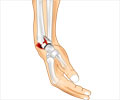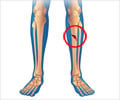The collaboration is aimed to deliver valuable evidence on the effectiveness of interventions to support and strengthen osteoporosis and fracture prevention.

Fractures: Statistics
Although globally an estimated one in three women and one in five men aged over 50 years will sustain a potentially life-threatening fragility fracture in their remaining lifetimes, the majority of high-risk individuals remain undiagnosed and untreated. Furthermore, systematic post-fracture care for secondary fracture prevention is not available to the vast majority of fracture patients who are at high risk of recurring fractures.Professor Jean-Yves Reginster, President of ESCEO, stated: “With the ageing of the world’s populations, musculoskeletal disorders such as osteoporosis are on the rise, posing an increasing and costly burden on healthcare systems. We believe that this important agreement with the WHO signifies recognition that action must be taken to address the fragility fracture crisis.
Collaborative Agreement to Benefit Bone Health
Currently, the WHO Collaborating Centre for Epidemiology of Musculoskeletal Conditions and Ageing, in Liège, Belgium, is the only institution that technically assists WHO in matters concerning musculoskeletal conditions that affect older people as mandated by the WHO Director-General. The impactful data and evidence that we will deliver under the umbrella of this broader agreement, together with the important publications to be actioned by the WHO, are of immense significance.”Within the framework of the five-year collaboration, commencing in the first quarter of 2023, WHO, in collaboration with the International Osteoporosis Foundation (IOF) and the WHO Collaborating Center for Epidemiology of Musculoskeletal Health and Ageing at the University of Liège, Belgium will commence on a broad range of research.
This will include, among other research objectives, collecting data on the prevalence and incidence of osteoporosis and fractures for countries and regions around the world, and reviewing evidence on interventions for preventing fractures in older persons to inform guideline development and evidence-informed decision-making. In return, WHO has committed to generating a range of important publications, including global health estimates on prevalence and incidence, as well as commentary on interventions for preventing fractures.
Source-Eurekalert















